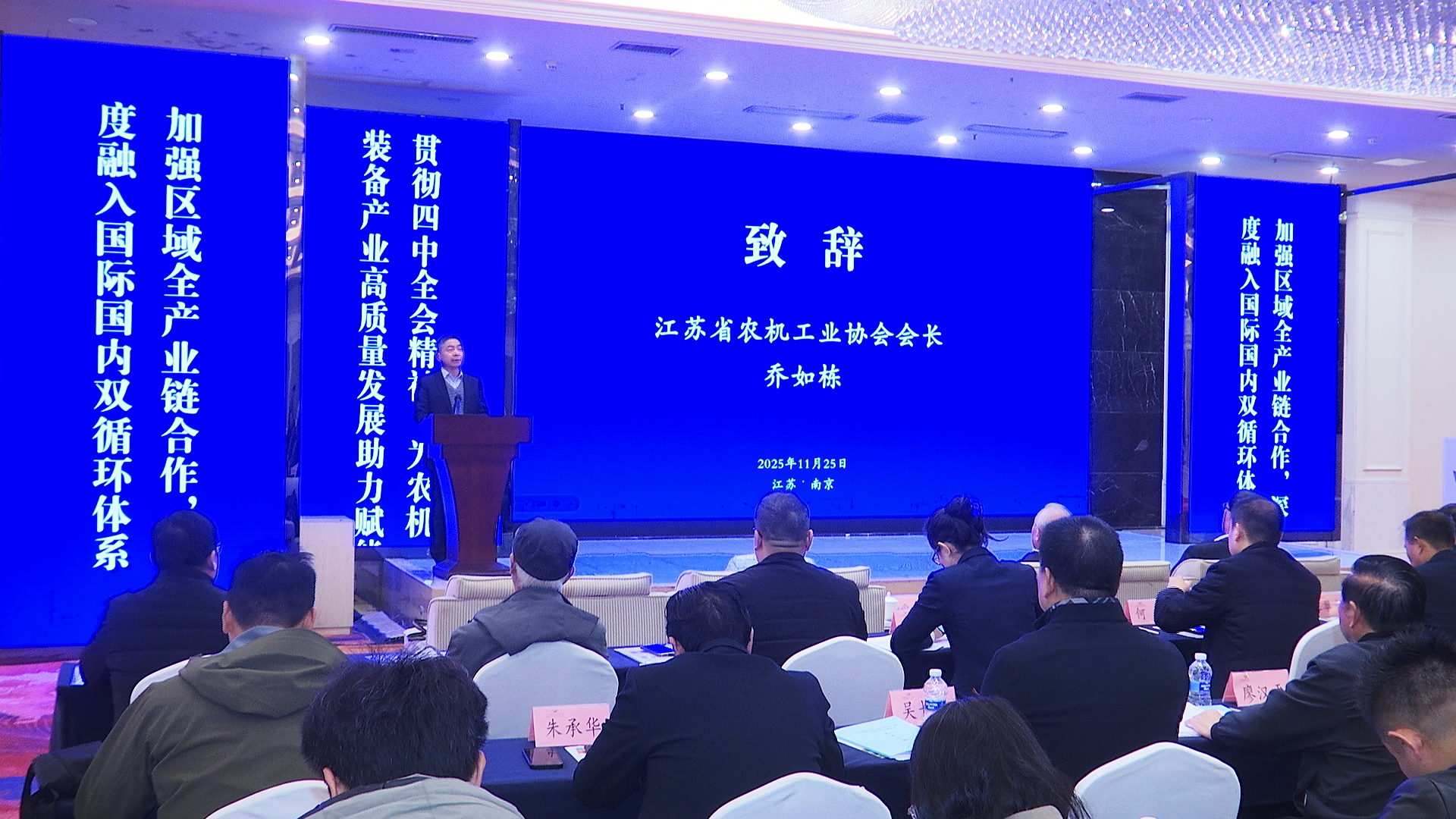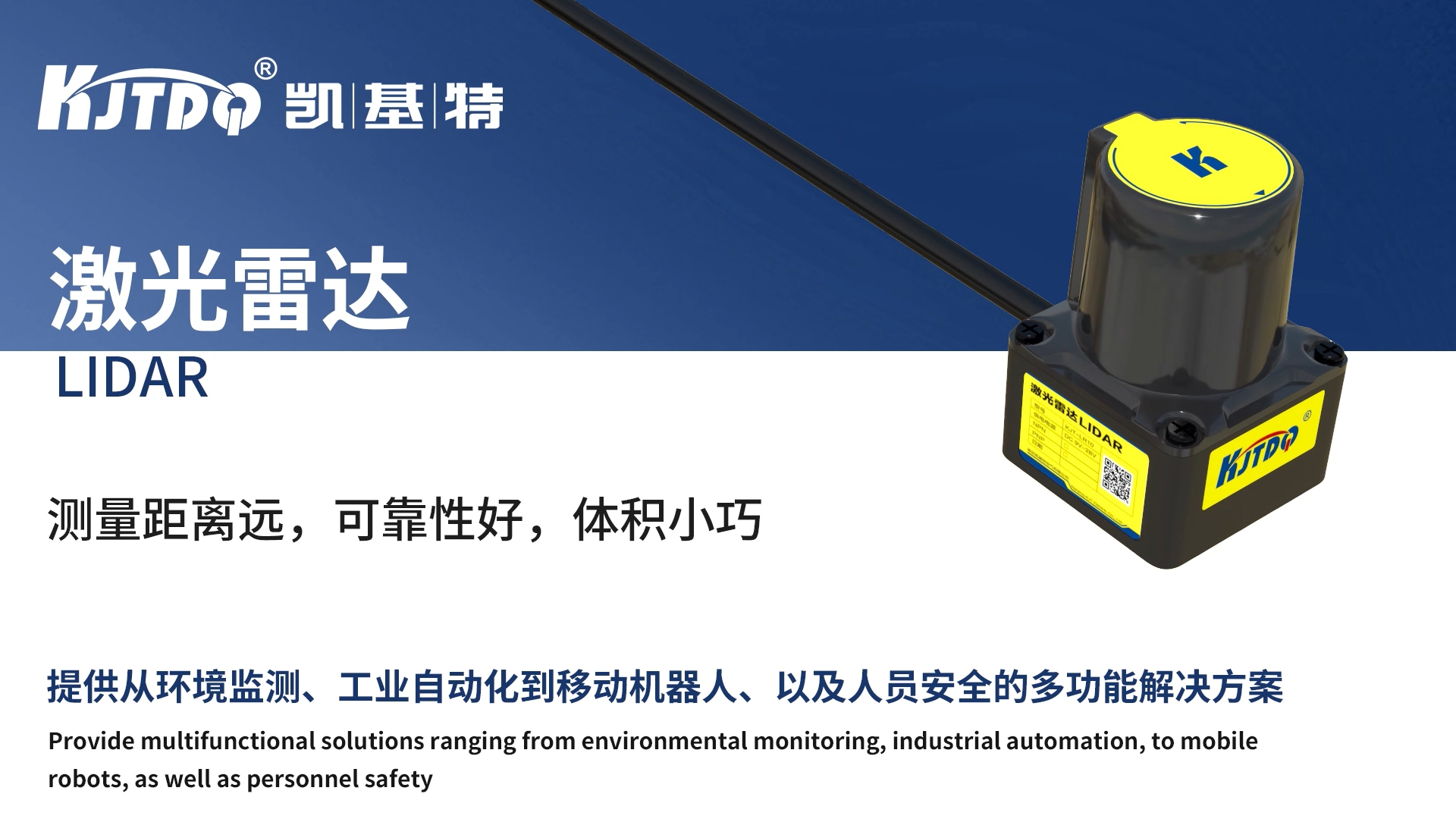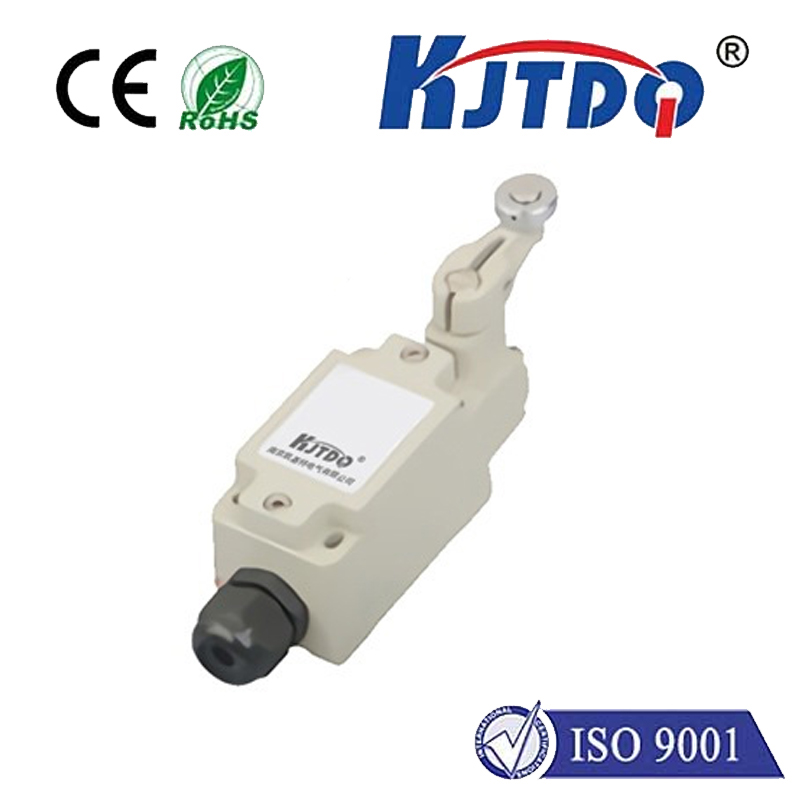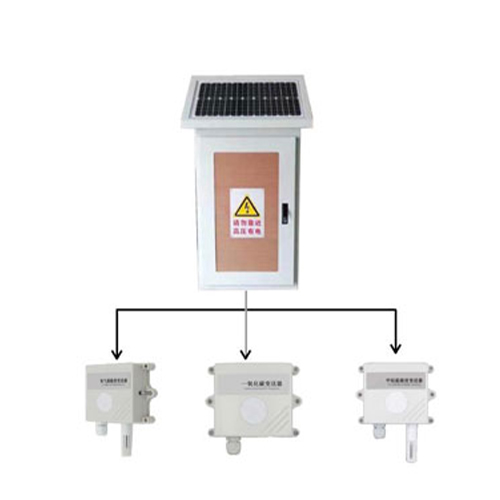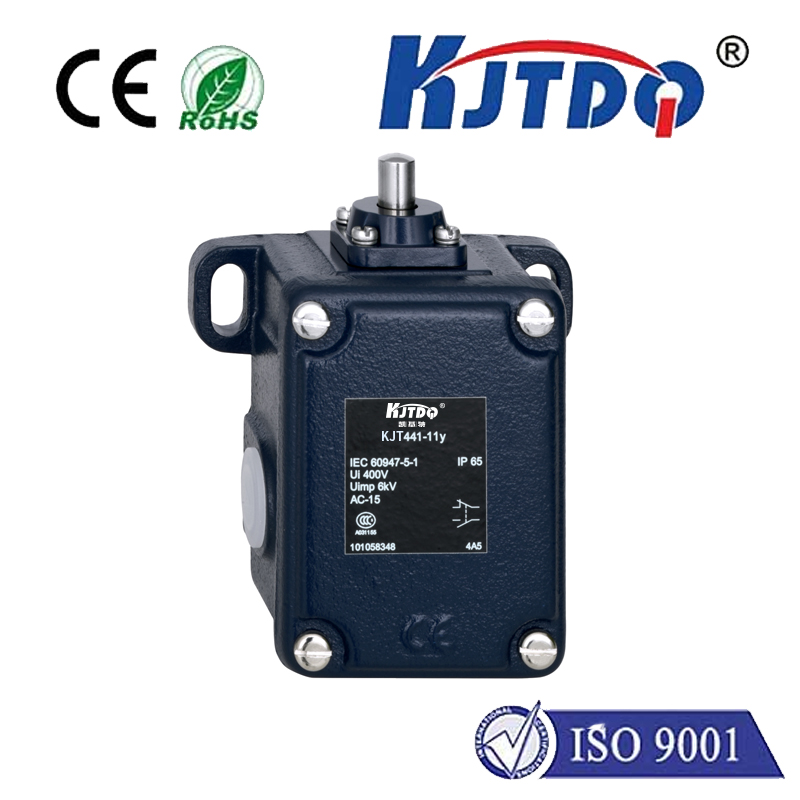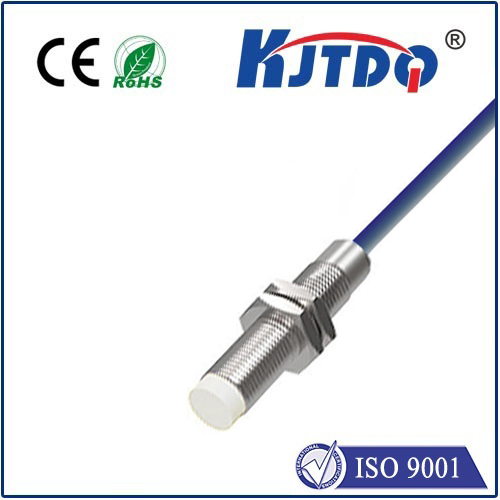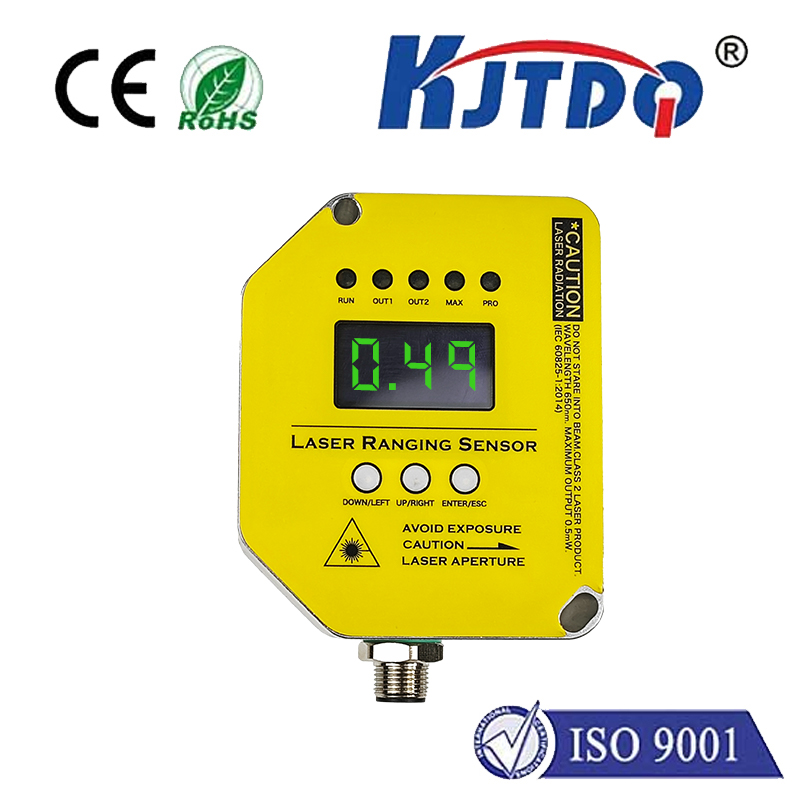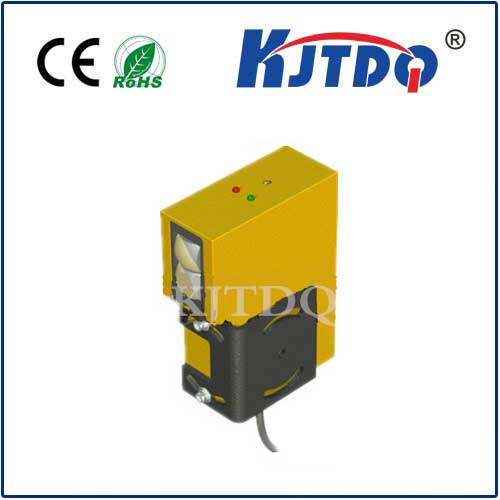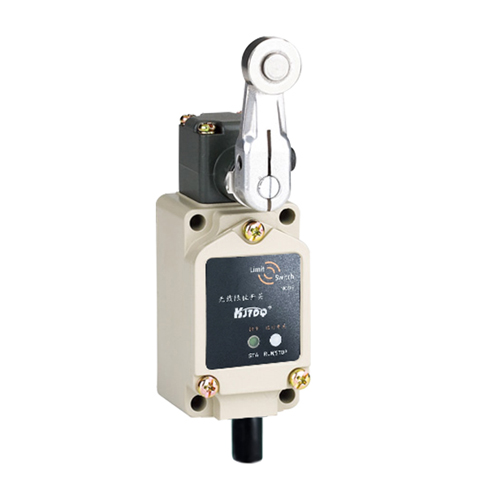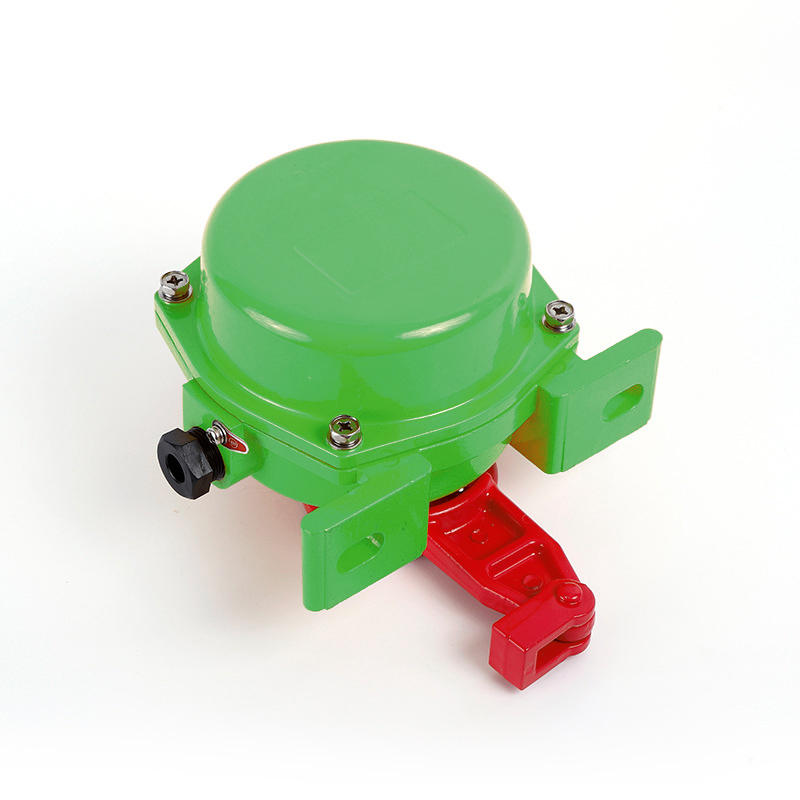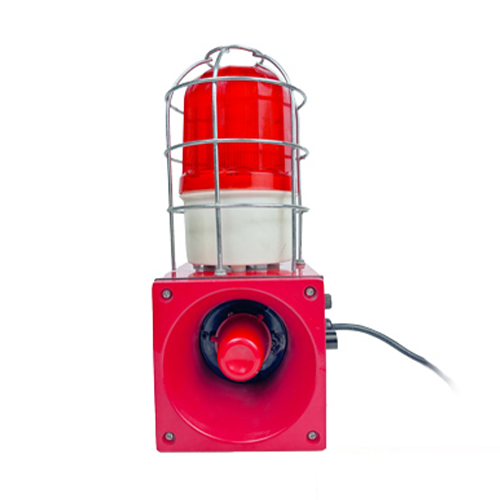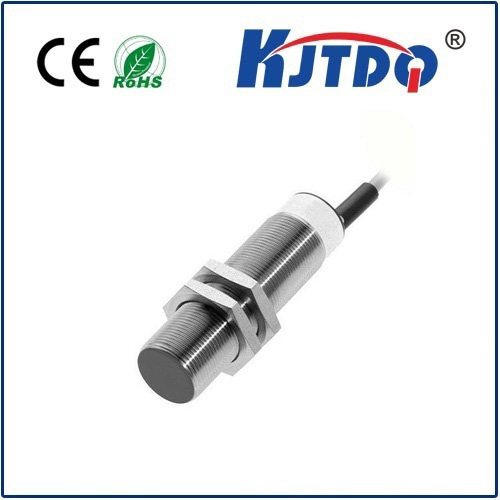thermostat limit switch
- time:2025-08-08 02:21:17
- Click:0
Thermostat Limit Switch: The Unsung Guardian Against Furnace Overheating
What if your furnace didn’t know when to stop heating? The consequences could range from a costly repair bill to a devastating household fire. Thankfully, a critical but often overlooked component stands guard: the thermostat limit switch (also frequently called the high limit switch or furnace limit switch). This small, vital device is a cornerstone of heating system safety, acting as an automatic shut-off valve to prevent dangerous overheating. Understanding its role is key to appreciating your furnace’s safe operation and recognizing potential problems.
Beyond the Thermostat: Defining the Limit Switch
While sharing the “thermostat” name, the limit switch serves a fundamentally different purpose than the room thermostat controlling your home’s comfort level. Your main thermostat tells the furnace when to start heating based on your desired temperature setting. In contrast, the limit switch is a safety device dedicated solely to preventing the furnace itself from reaching hazardous temperatures. Think of it as an emergency brake activated by heat, not user preference.
How This Critical Safety Device Operates
The core function of the thermostat limit switch is remarkably straightforward but incredibly important: to automatically shut down the furnace burner or heat source if internal temperatures exceed a pre-set safety limit. Here’s a simplified breakdown of its operation:

- Sensing Temperature: The switch contains a temperature-sensitive component, often a bimetal strip or a temperature probe. This sensor is strategically positioned within the furnace’s heat exchanger or plenum – areas that experience the furnace’s hottest air.
- Monitoring Thresholds: This component is calibrated to react at specific high temperatures, typically ranging from 120°F to over 200°F (49°C to over 93°C), depending on the furnace design. This is its limit.
- Tripping the Circuit: When the sensed temperature reaches or surpasses this pre-set limit, the sensor triggers a physical action (like bending the bimetal strip). This action opens an electrical circuit.
- Shutting Down the Burner: The opening of this circuit acts as a command signal to the furnace control board. The control board immediately responds by de-energizing the gas valve (in gas furnaces) or shutting off electric heating elements, stopping the heat generation at its source.
- Blower Continuation (Often): Crucially, the limit switch usually does not immediately turn off the blower fan. Why? The fan needs to continue running to dissipate the residual heat trapped within the furnace, safely carrying it away through the ductwork and preventing further temperature rise. The fan typically runs for a predetermined cool-down period after the burner shuts off.
- Automatic Reset (Usually): Most modern limit switches are automatic reset. Once the internal furnace temperature cools back down below a safe threshold (usually lower than the trip point), the sensor returns to its original state, closing the circuit again. This allows the furnace to resume normal operation when the main thermostat next calls for heat, assuming the initial overheating cause has been resolved.
Why the Limit Switch is Non-Negotiable for Safety
The thermostat limit switch is not a convenience feature; it is an essential safety mechanism. Its primary purpose is to:
- Prevent Furnace Overheating: This is its core mission. Without it, components like the heat exchanger could warp, crack, or fail catastrophically under extreme temperatures.
- Mitigate Fire Risk: Overheating significantly increases the risk of igniting surrounding materials or causing electrical fires within the furnace cabinet. The limit switch is a critical fire prevention device.
- Protect Vital Components: By preventing excessive heat, the switch safeguards expensive parts like the heat exchanger, burners, controls, and wiring from premature failure or meltdown.
- Ensure Safe Operation: It acts as a fail-safe, intervening when other systems (like airflow controls or the main thermostat) might fail to prevent unsafe conditions.
Location and Relationship to Airflow
You’ll typically find the limit switch mounted on or very near the furnace’s main plenum or heat exchanger assembly. Its location is deliberate – it needs direct exposure to the hottest air circulating within the furnace. This placement directly links its operation to the system’s airflow.
Proper airflow is paramount for preventing nuisance trips. When air circulates freely through the system, it efficiently carries heat away from the heat exchanger, keeping temperatures well within the safe operational range below the limit switch’s trip point. If airflow is restricted, heat builds up rapidly within the furnace cavity. Common causes of restricted airflow include:
- Clogged Air Filters: A heavily dirty filter is the most frequent culprit. It physically blocks air from entering the furnace.
- Blocked Vents or Registers: Closed or obstructed vents prevent heated air from leaving the system.
- Blower Motor Issues: A malfunctioning fan motor, slipping belt (in older systems), or clogged fan blades won’t move enough air.
- Dirty Evaporator Coil (A/C systems): While primarily for cooling, a dirty coil on an AC unit can restrict airflow year-round if not cleaned.
- Ductwork Problems: Leaks, collapses, or undersized ducts significantly impede airflow.
When airflow is poor, the furnace heats up much faster than the air can be moved, quickly triggering the high limit switch and causing the furnace to shut down prematurely even if the house hasn’t reached the thermostat’s set temperature. This is often the first symptom homeowners notice – short cycling or the furnace constantly shutting off and on.
Symptoms of a Failing or Tripped Limit Switch
Understanding the signs can help you identify a potential limit switch issue:
- Frequent Short Cycling: The furnace repeatedly turns on (burner lights), runs for only a few minutes, shuts off (burner stops), but the blower may continue to run. After a cool-down period (minutes), it tries to start again, only to shut down quickly. This cycle repeats. This is the hallmark symptom, often caused by overheating due to poor airflow tripping the switch.
- Burner Won’t Stay Lit: The burner ignites but shuts off after only 10-30 seconds, while the blower might run or not start at all.
- Blower Runs Continuously: If the limit switch fails in the “open” position, it may prevent the burner from igniting (safety function) but sometimes doesn’t signal the blower to turn off, resulting in the fan running non-stop even with no heat.
- No Heat At All: A completely failed limit switch (stuck open) will break the circuit necessary for the burner to ignite, resulting in no heat production, though the blower might run if called by the thermostat.
- Diagnostic Codes: Modern furnaces with electronic control boards often flash LED error codes. A code specifically indicating a high limit fault or open high limit circuit points directly to this switch.
Maintaining Your System’s Guardian
Prevention is always better than cure. Protect your thermostat limit switch and furnace by:
- Regular Filter Changes: This is the single most important maintenance task. Replace disposable filters every 1-3 months according to type and household conditions (pets, allergies). Clean reusable filters monthly.
- Ensure Full Airflow: Keep all supply vents and return air grilles open and unobstructed by furniture, rugs, or drapes. Ensure furniture isn’t blocking large return grilles.
- Schedule Annual Furnace Tune-Ups: A qualified HVAC technician will inspect the limit switch (testing its function and calibration), clean critical components like the blower and flame sensor, check gas pressure and combustion safety devices, and verify proper airflow throughout the system. This professional check-up is crucial for safety and efficiency.
- Address Problems Promptly:





